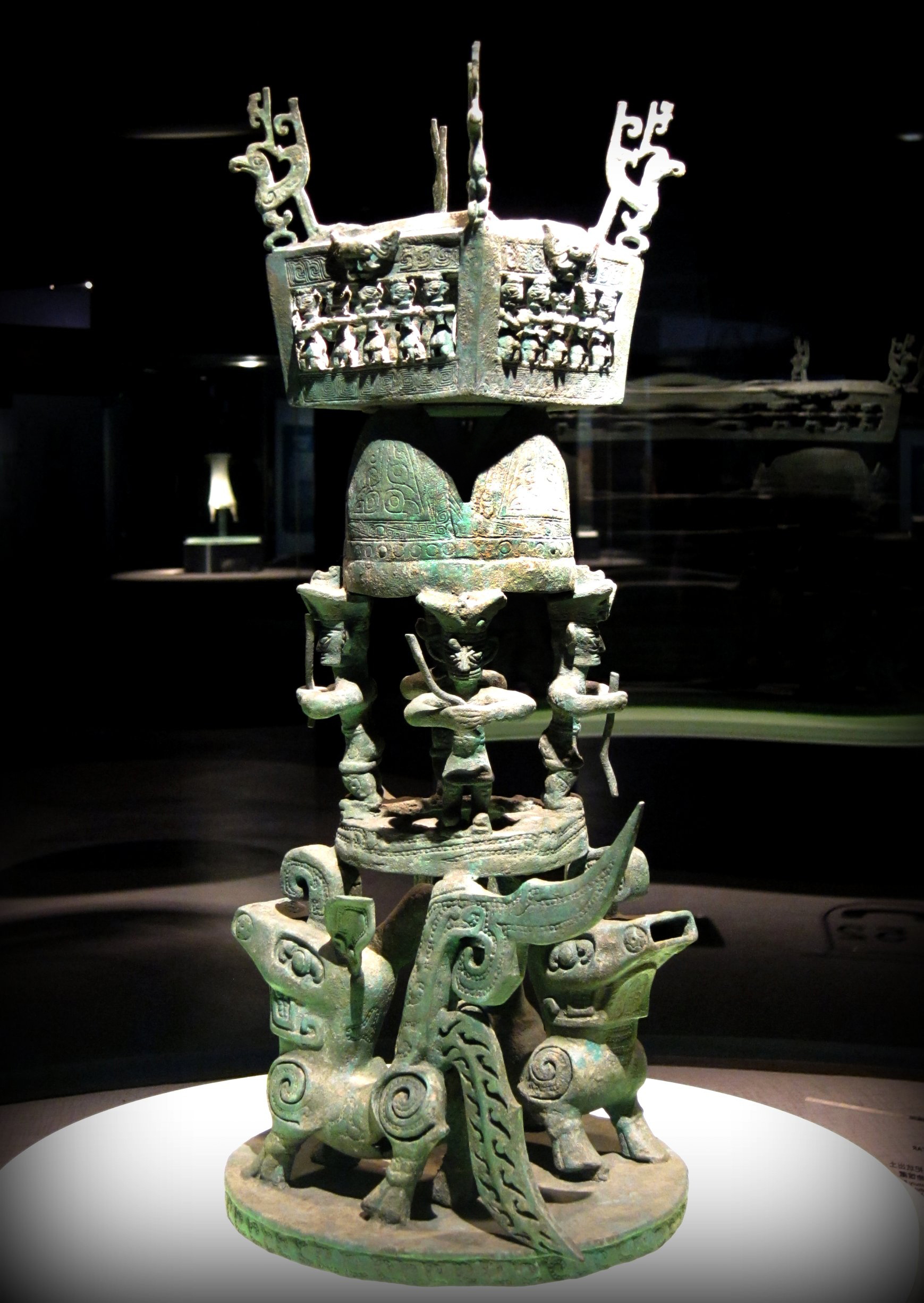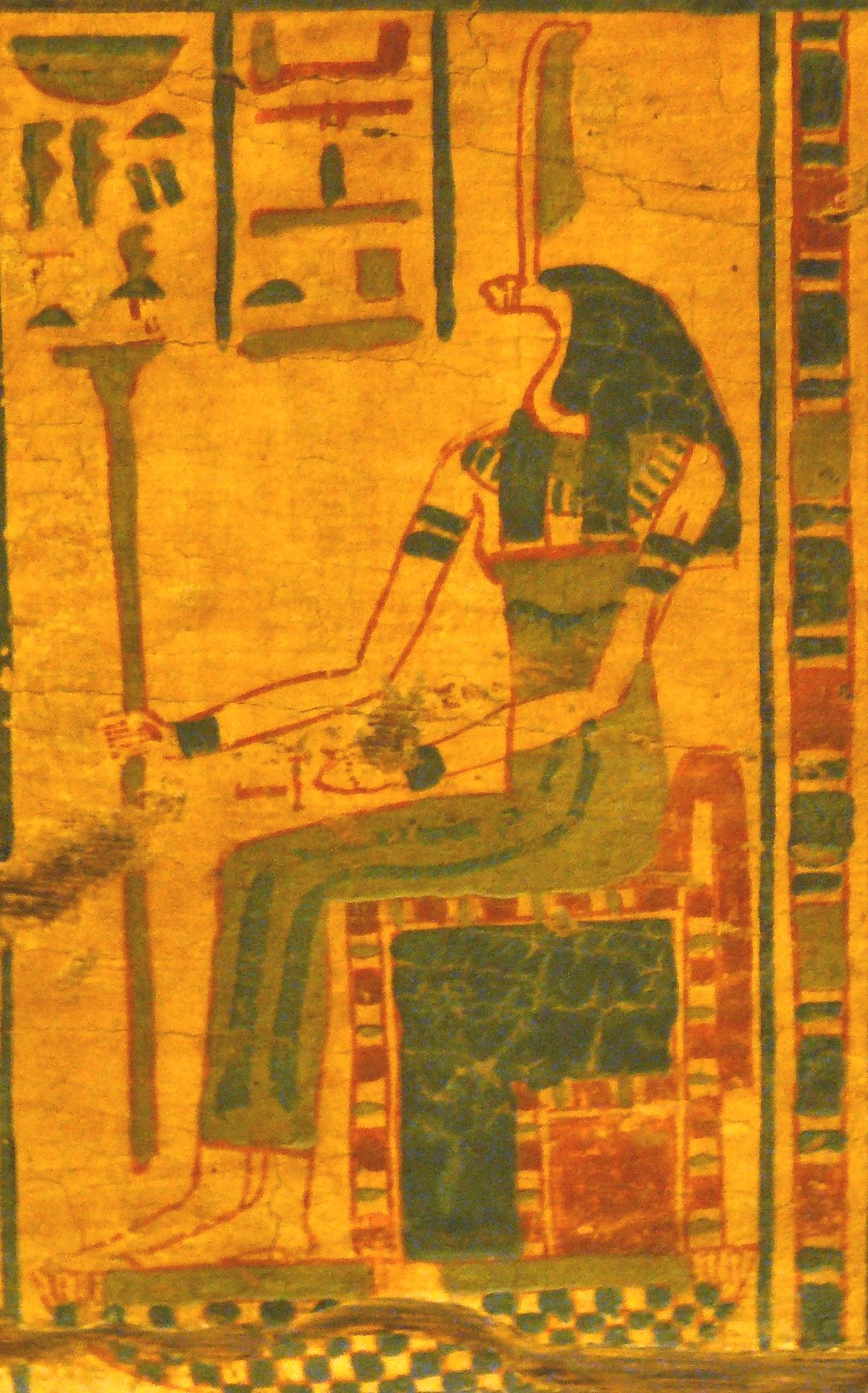Tag: Snakes
-

Sanxingdui (‘Three Star Mound’)
Sanxingdui (Chinese: 三星堆; pinyin: Sānxīngduī; lit. ‘Three Star Mound‘) is an archaeological site and a major Bronze Age culture in modern Guanghan, Sichuan, China. Largely discovered in 1986, following a preliminary finding in 1927, archaeologists excavated artifacts that radiocarbon dating placed in the twelfth–eleventh centuries BC. The archaeological site is the type site for the Sanxingdui culture that produced these artifacts, archeologists have identified the locale with the ancient kingdom of Shu. The artifacts are displayed in the Sanxingdui Museum located…
-
Paracetamol is lethal to snakes
Here is a tale of pharmaceutical warfare that’ll make your scales stand on end! Welcome to Guam, where the brown tree snakes are throwing the wildest party since the Ice Age, and the locals are fighting back with… Tylenol? That’s right, folks! These slithery party crashers have been living it up on the island, munching…
-

Black snake (firework)
“Black snake” is a term that can refer to two similar types of fireworks: the Pharaoh’s snake and the sugar snake. The “Pharaoh’s snake” or “Pharaoh’s serpent” is the original version of the black snake experiment. It produces a more impressive snake, but its execution depends upon mercury (II) thiocyanate, which is no longer in common use due…
-

Carbon snake
Carbon snake is a demonstration of the dehydration reaction of sugar by concentrated sulfuric acid. With concentrated sulfuric acid, granulated table sugar (sucrose) performs a degradation reaction which changes its form to a black solid-liquid mixture. The carbon snake experiment can sometimes be misidentified as the black snake, “sugar snake”, or “burning sugar” reaction, all of which involve baking soda rather than sulfuric acid. Explanation Concentrated…
-

Jet
Jet is a type of lignite, the lowest rank of coal, and is a gemstone. Unlike many gemstones, jet is not a mineral, but is rather a mineraloid. It is derived from wood that has changed under extreme pressure. The English noun jet derives from the French word for the same material, jaiet (modern French jais), ultimately referring to the ancient town of Gagae. Jet is either black or dark brown, but…
-
Tongue stone
According to Renaissance accounts, large, triangular fossil teeth often found embedded in rocky formations were believed to be petrified tongues of dragons and snakes and so were referred to as “tongue stones” or “glossopetrae”. Glossopetrae were commonly thought to be a remedy or cure for various poisons and toxins; they were used in the treatment of snake bites. Due to this ingrained belief, many…
-

Adder stone aka hag stone
An adder stone is a type of stone, usually glassy, with a naturally occurring hole through it. Such stones, which usually consist of flint, have been discovered by archaeologists in both Britain and Egypt. Commonly, they are found in Northern Germany at the coasts of the North and Baltic Seas. In Britain they are also called hag stones, witch stones, serpent’s eggs, snake’s eggs, or Glain Neidr in Wales, milpreve in Cornwall, adderstanes in the south of Scotland and Gloine…
-

Renenutet aka Thermouthis or Hermouthis
Renenūtet (also transliterated Ernūtet, Renen-wetet, Renenet) was a goddess of nourishment and the harvest in the ancient Egyptian religion. The importance of the harvest caused people to make many offerings to Renenutet during harvest time. Initially, her cult was centered in Terenuthis. Renenutet was depicted as a cobra or as a woman with the head of a cobra. The verbs “to fondle, to nurse, or…
-

What Is Nitrophenol? (besides something mentioned in ‘Scientific Opinion on the re‐evaluation of aspartame as a food additive’)
Nitrophenols are compounds of the formula HOC6H5−x(NO2)x. The conjugate bases are called nitrophenolates. Nitrophenols are more acidic than phenol itself. Wikipedia Mono-nitrophenols with the formula HOC6H4NO2. Three isomeric nitrophenols exist: o-Nitrophenol (2-nitrophenol; OH and NO2 groups are neighboring; CAS number: 88-75-5), a yellow crystalline solid (m.p. 46 °C). m-Nitrophenol (3-nitrophenol, CAS number: 554-84-7), a yellow solid (m.p. 97 °C) and precursor to the…
Recent Posts
- 🧬 Disease Table with Low Sodium Connection
- 🧂 Sodium Reduction and Sodium Replacement: A History of Reformulation and Exploding Diseases, Including Many Diseases Unheard of Before Deadly Sodium Policies
- 🧂 The DEADLY 1500 mg Sodium Recommendation predates the WHO’s formal global sodium reduction push by nearly a decade (and it’s even worse than that)
- 🧬 What Is Beta-Glucuronidase?
- When Sugar Was Salt: Crystalline Confusion and the Covenant of Sweetness
Tags
ADAM ASPARTAME Birds Blood Bones Brain Bugs Cancer Columba Cows crystallography Death Death cults Eggs Etymology Gastrin Gold Growth hormone History Hormones Insulin Liver Mere Perplexity Metal Monkey Business Mythology Paracetamol Plants Poison Pregnancy Protein Religion Reproduction Rocks Salt Slavery Snakes Sodium the birds and the bees Thiocyanate Tobacco Tylenol Underworld Venom zinc